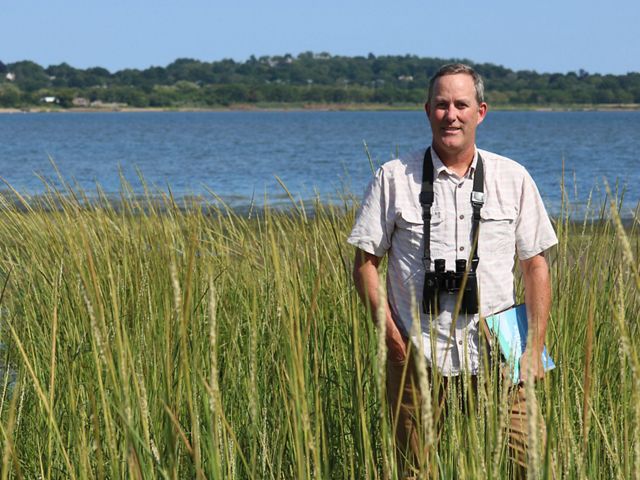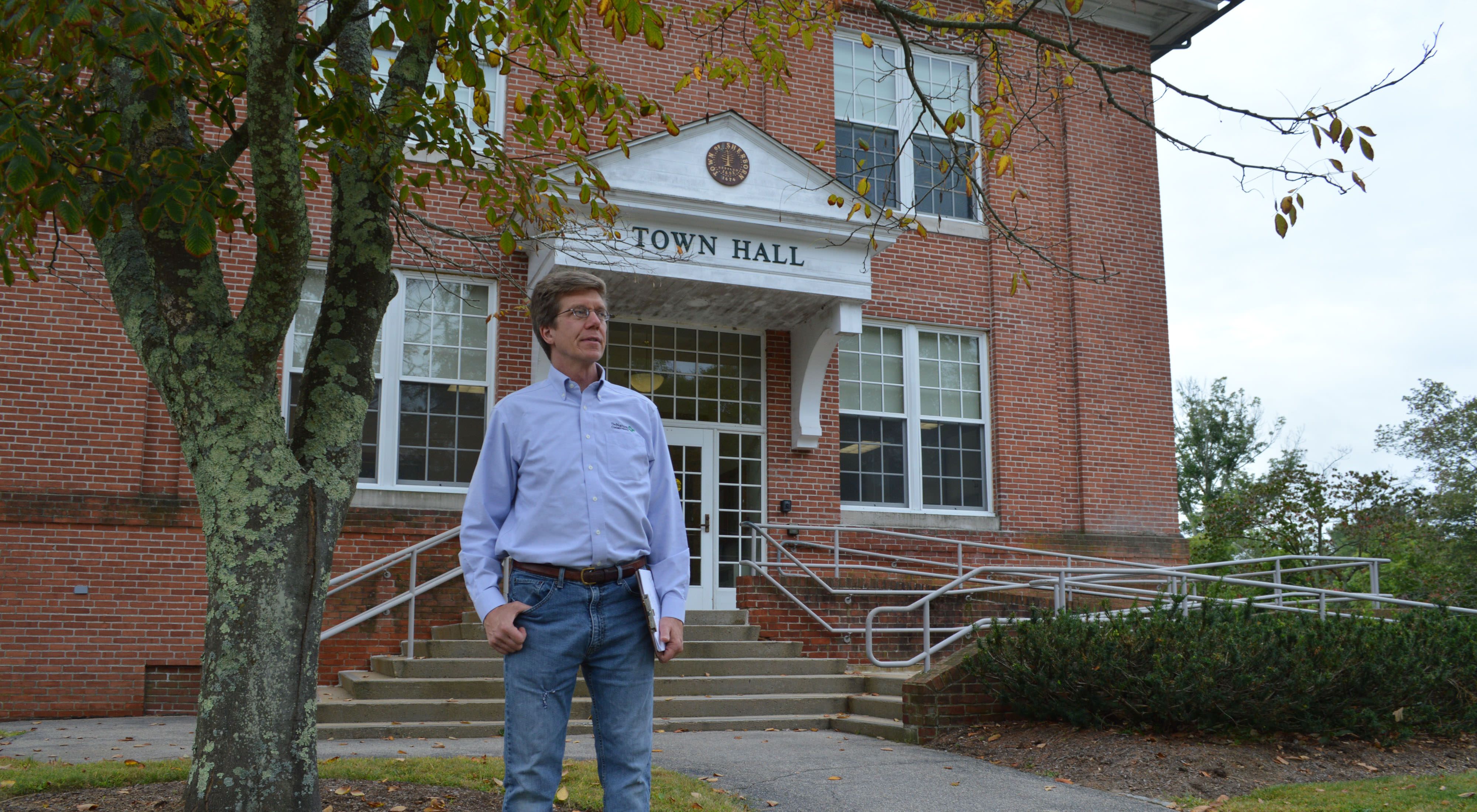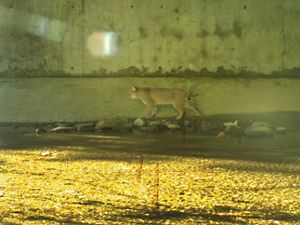Most often, achieving conservation “at scale” involves demonstrating success at a smaller scale and having it replicated elsewhere.
For TNC, strong science, smart policy and collaborative approaches are at the core of our work, and in Massachusetts, we’re fortunate to have successful examples.
Take our fisheries work. A program in which fishermen utilize electronic monitoring of accidental bycatch of fish to improve sustainability expanded to Rhode Island in 2017. Our collaborative research with the U.S. Forest Service into developing disease-tolerant American elm trees is another case in point: It’s now leading to thousands of the trees being planted in floodplains and even along city streets—a planting in Springfield, Massachusetts, is a current example.
The Makings of an MVP
It was an intersection that had been a decade in the making.
Steve Long, TNC in Massachusetts government relations director, had put in years of work to advance climate policy in the Commonwealth. His efforts yielded—among other things—a crucial executive order on climate from Gov. Charlie Baker in 2016.
Meanwhile, in Connecticut, TNC Director of Science Adam Whelchel had created and led the evolution of a “Community Resilience Building ” (CRB) approach that had touched down in 40 communities representing more than 1 million residents in Connecticut alone. Numerous communities in other states are also adopting the approach.
CRB was helping communities identify vulnerabilities, strengths and meaningful actions that they could take.

It’s no surprise Long knew whom to call when the opportunity came—as part of Baker’s executive order—to assist Massachusetts with a program designed to help communities prepare for climate impacts. He called Whelchel.
Fast forward to late 2017, when Whelchel and TNC trained 250 professionals to work with the communities participating in the program, known as the Municipal Vulnerability Preparedness (MVP) program.
The goals: enhance safety, avoid costs and conserve natural resources in the face of extreme weather and climate by evaluating vulnerabilities and preparing local climate change adaptation plans. The trainings included a focus on the benefits of nature-based solutions—like reducing flooding risks by conserving and restoring salt marshes and floodplains.
Learn more about the MVP program
2019 Updates“In all, 66 communities—20 percent of the Commonwealth—received state funding to work with CRB-trained professionals to address community-specific challenges and opportunities in the first year of the program,” Long says. “It’s deeply rewarding to see something like this come together with the potential to really help communities.”
The Nature Conservancy hopes to replicate the MVP approach in as many as 10 states—a vision that mirrors ambitious plans for another TNC climate resilience initiative with Massachusetts roots.
Behind the Scenes With Resilient Landscapes
In June 2017, the state announced about $3 million in land protection grants through the Massachusetts Executive Office of Energy and Environmental Affairs’ Landscape Partnership Grant Program. Science from TNC played a foundational role in protecting more than 1,500 acres of conservation land—in the Pioneer Valley and southeastern Massachusetts—supported by the grants.
The science at work: a sophisticated, innovative and evolving data and mapping initiative known as Resilient and Connected Landscapes.
“This analysis, I call it a vision as much as a data set,” says Andy Finton, lands and climate director for the Massachusetts Chapter. Finton has collaborated on the initiative, which originated with Mark Anderson, Boston-based director of conservation science for TNC’s Eastern United States Division, and his team.
“It informs not only what we can do to protect plants and animals, wildlife habitat, and landscapes now,” Finton says, “but also what we can do to make sure they’re viable and thriving in the future, given the impacts we expect from climate change.”
The initiative identifies places that—based on diverse topography, bedrock, and soil—are more likely to sustain native plants, animals and natural processes into the future. Sites with these characteristics, that are also connected into a network of resilient landscapes, “score” highly in the analysis.
Quote: Andy Finton
This analysis informs not only what we can do to protect species, habitats and landscapes now, but also what we can do to make sure they're viable and thriving in the future, given the impacts of climate change.
In 2016, the overarching dataset was “enhanced, refined, and expanded geographically, and multiple data sets were integrated,” Finton says.
Currently, it covers the United States east of the Mississippi, where it’s played a key role in directing numerous conservation projects by public agencies and land trusts. Soon it will cover the entire continental United States.
Regionally, Massachusetts has integrated the dataset into its Landscape Partnership Grant Program as one of the key criteria for candidate projects, and so have other conservation funders.
Says Finton: “This is the kind of project that comes around only every so often.”


_4000x2200.jpg?crop=533%2C0%2C2933%2C2200&wid=300&hei=225&scl=9.777777777777779)
